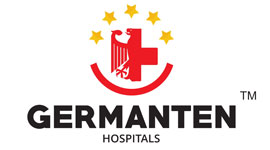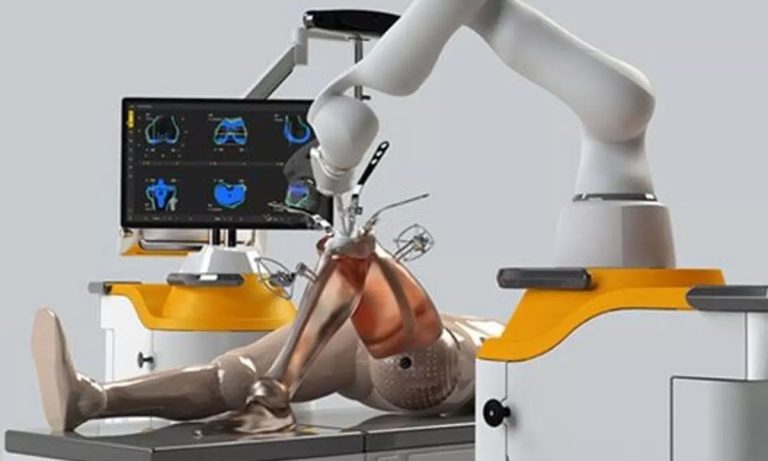Pain Management
PAIN MANAGEMENT
Pain Medicine is the medical facet association, representing physicians practicing in the field of pain medicine. As a medical specialty society, the Academy is involved in education, training, advocacy, and research in the specialty of pain medicine. For victims suffering with chronic pain, an active lifestyle might seem like a nightmare. Our centralized pain management process helps patients to diminish the acute pain to perform their regular activities of daily living.Our team of pain management doctors are devoted to work closely with the patients and their referal physicians to eliminate pain leading their path to wellness. Pain Medicine is a multi-disciplinary journal committed to pain clinicians, researchers with an interest in pain from various medical specialties such as pain medicine, anaesthesiology, family practice, internal medicine, neurology, neurological surgery, orthopaedic spine surgery, psychiatry, and rehabilitation medicine as well as health related disciplines such as psychology, neuroscience, nursing, nurse practitioner, physical therapy, acupuncturists or massage therapists and integrative health. Pain doctors prescribe medicnes that relieve headaches, sore muscles, arthritis, and other aches. Each person may also have a slightly different response to a pain reliever.
There are several over-the-counter (non prescription) medicines that are good for innumerable types of pain. Discrete attention to pain management is a critical component of a patient’s recovery, as acute or chronic low back pain leading to depression, difficulty in sleeping, and difficulty to exercise and stretching, which in turn can worsen and prolong a painful back condition. There are two main types of OTC pain medicines: acetaminophen (Tylenol) and nonsteroidal anti-inflammatory drugs (NSAIDs). Aspirin, naproxen (Aleve), and ibuprofen (Advil, Motrin) are examples of OTC NSAIDs. If OTC medicines doesn’t solace your pain, your physician might prescribe a stronger medicine dosage such as NSAIDs. The most powerful pain soothers are opioids. They are very effective, but have the risk of serious side effects. There is also a risk getting addicted to the medicines to subdue the pain. Analysing the risks, you must use them only under a doctor’s supervision. Because of the potential side effects, risks, and complications of opioids, and the body’s increasing tolerance to opioids over time, these medications are most clearly indicated for treatment of short-term intense pain, such as acute postoperative pain. If used to treat pain for longer periods, close monitoring is essential.
Pain relievers are widely available in form of oral, topical, and injections.There are many things you can do to help ease pain. Pain relievers are just one part of a pain treatment plan.
ORAL PAIN MEDICATIONS
There are various pain medications that are taken by mouth – pill or liquid form – and each one work differently having unique benefits and potential risks. Some are available only by prescription.
TOPICAL PAIN MEDICATIONS
These products are applied to the skin and are intended to reduce localized pain, such as pain from a sore muscle or from an arthritic joint. Thet are usually available without a prescription. Brands of several popular topical pain relievers include Icy Hot, Arthricare, Zostrix (capsaicin), Aspercreme, Ben Gay, and many store brands.
INJECTIONS
Pain relieving medication and/or anti-inflammatory medications can be injected directly to the source of the pain.
Common narcotic pain medications vary in dosage strength serving different purposes. Few medications include Fentanyl, Hydrocodone, Meperidine, Methadone, Morphine, Oxycodone etc.
This includes treatment of fractures and dislocations of the upper extremity, flexor and extensor tendon injuries, nerve injuries, compartment syndromes, and replantation/microvascular emergency services. Experience is obtained for acute, sub-acute and chronic injury presentation.






